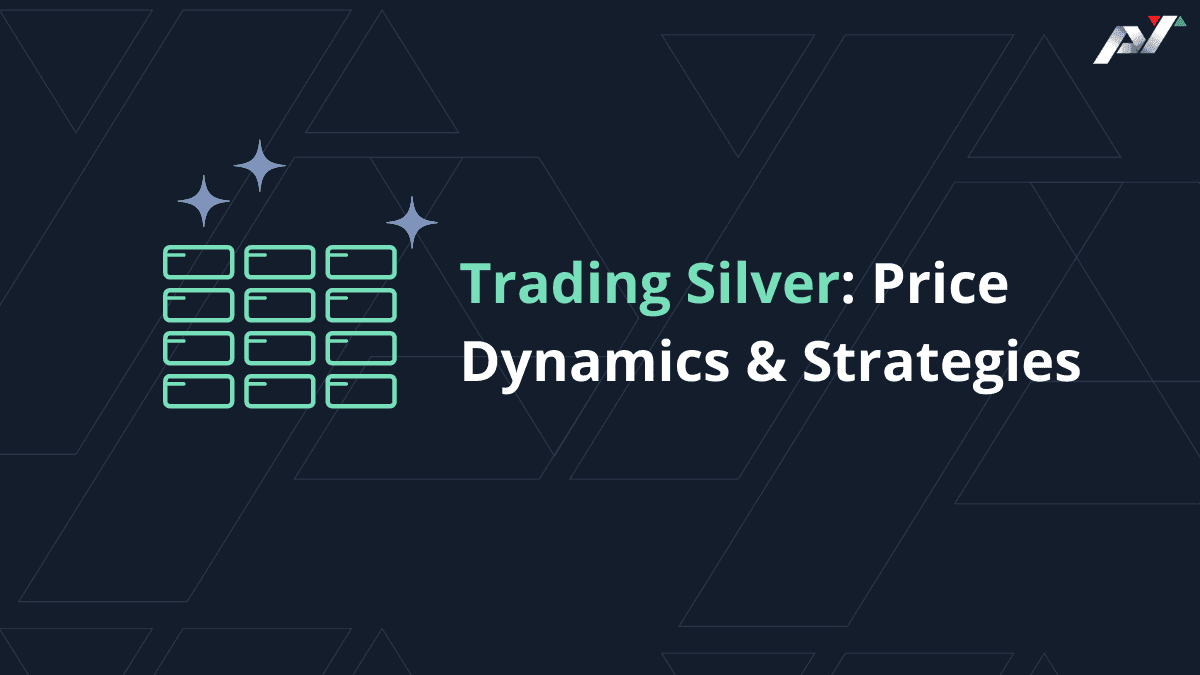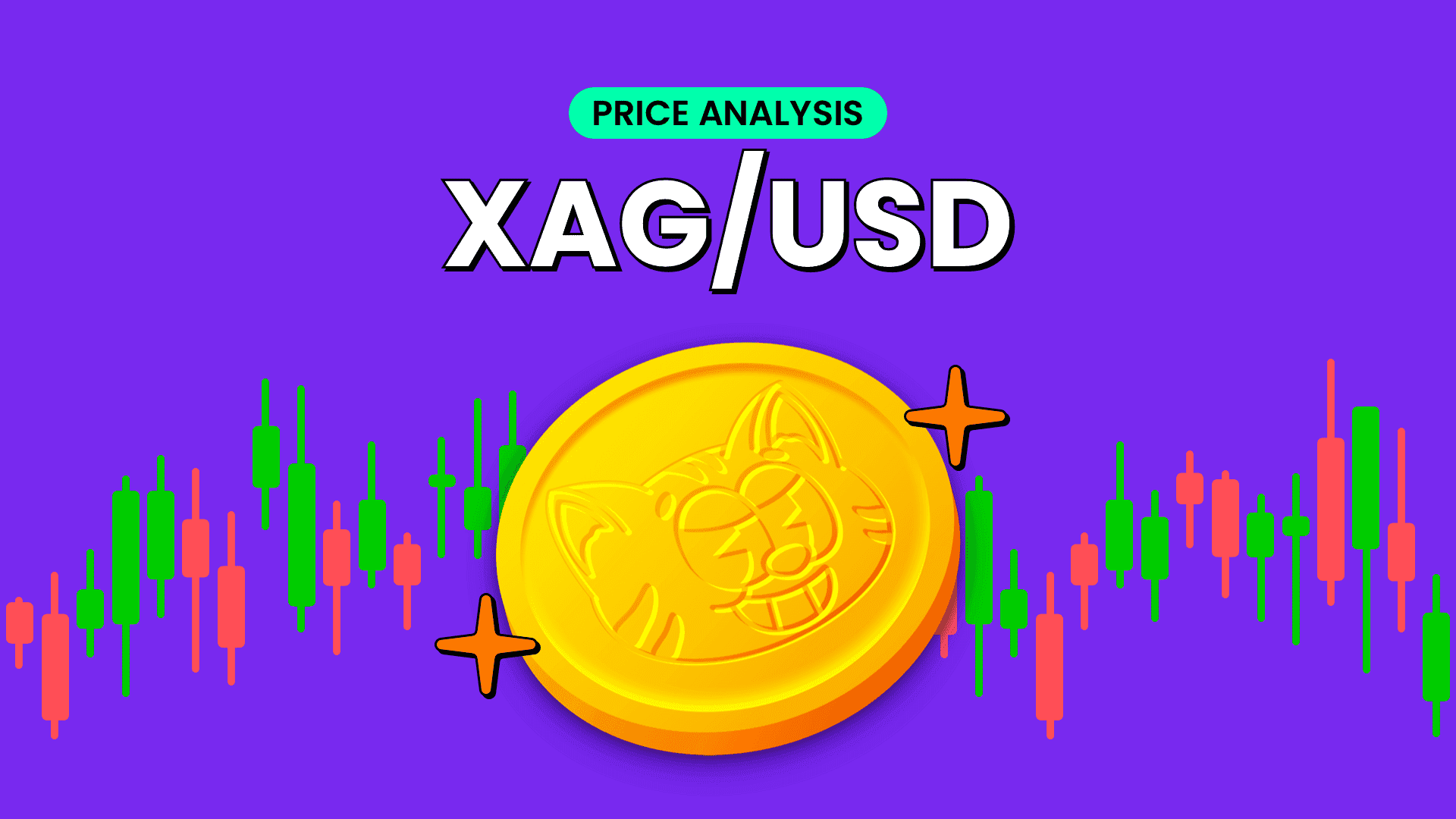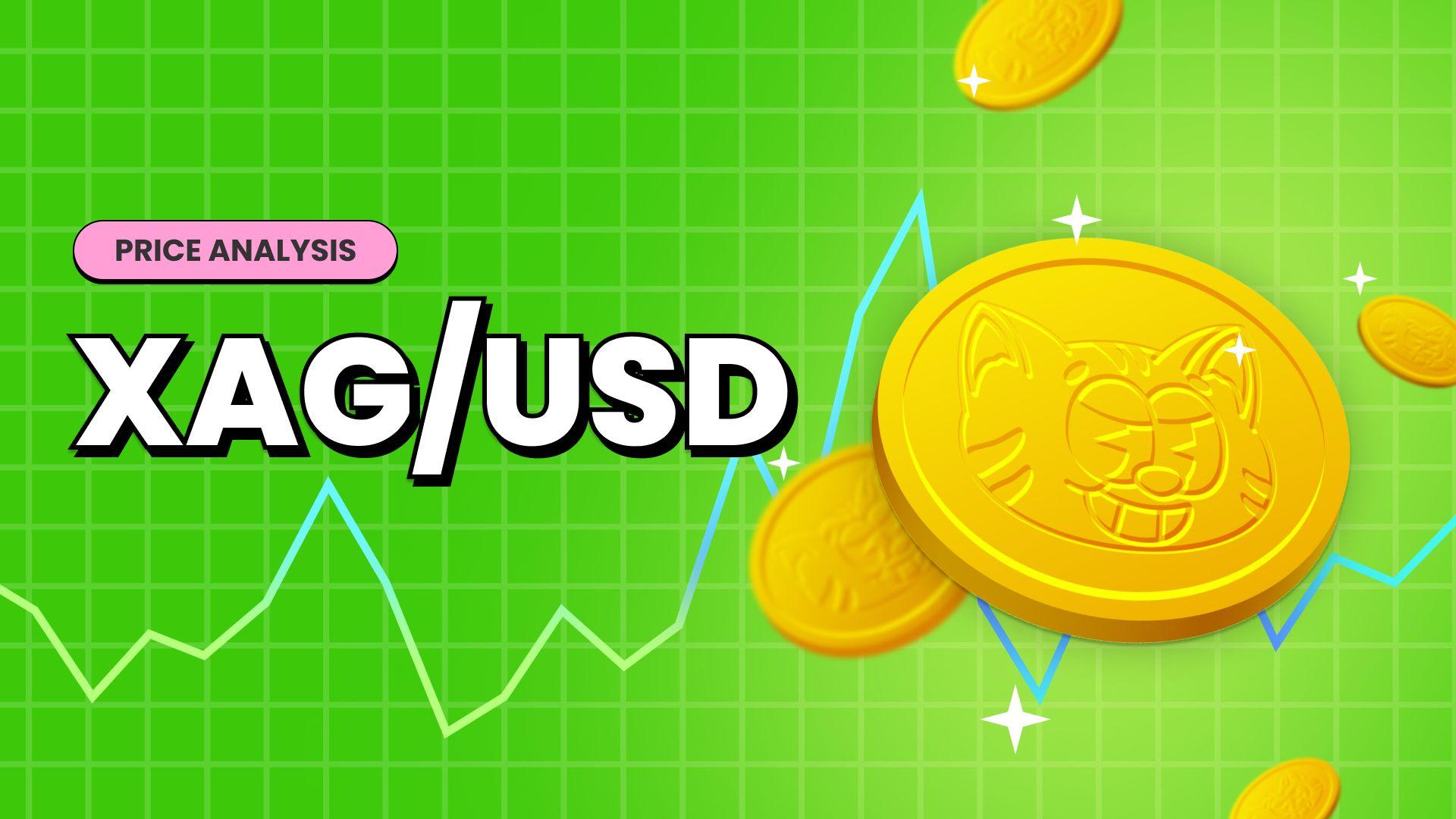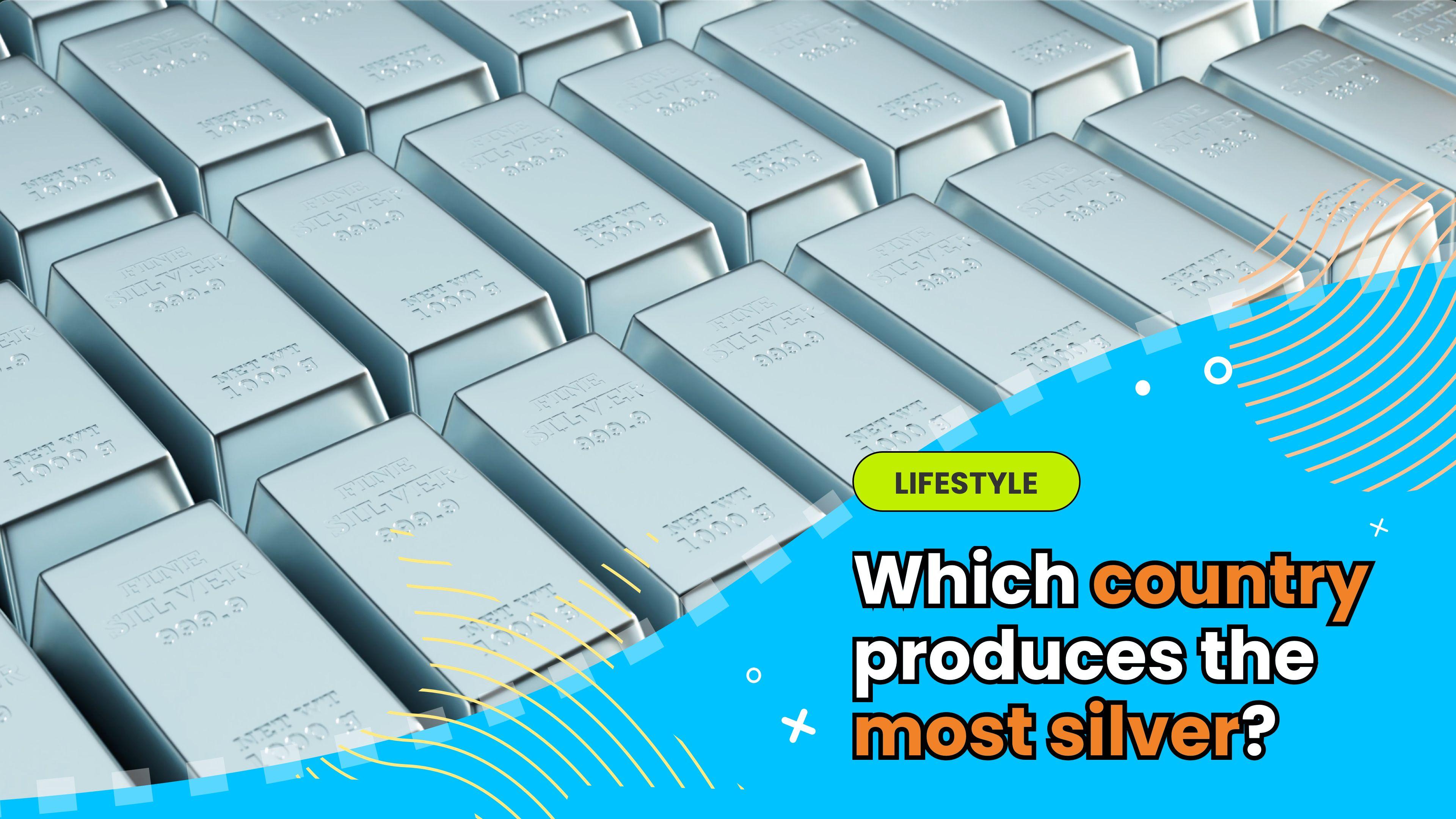XAG/USD Silver Trading: Price Dynamics and Strategies






Silver is a precious metal commonly used in the production of jewellery, coins, and electronics as it has the highest electrical conductivity of any metal. Combined with increasing scarcity, silver is a highly valued metal of the same class as gold and platinum. Although gold trading is more popular amongst investors, silver is also a frequently traded metal because of its price movements and application.
Investors and traders buy silver through commodities markets or purchase assets that are backed by the precious metal without having to hold actual silver such as CFDs, ETFs, stocks in silver companies, and mutual funds.
What moves the price of silver?
While most traders pay attention to the price movements of gold in the global marketplace, silver is also viewed by many to hold key importance in understanding the potential movements of commodities markets and the overall marketplace. Many buyers and sellers trade silver based on global-macro trends, which has implications on the price movements of silver.
Like any commodity, the price of silver is influenced by supply and demand – if demand for silver is higher than the levels of supply available, prices will rise and if the supply of silver outweighs demand, prices will fall. Besides supply and demand, there are a number of other factors that impact silver prices including:
- The strength of USD: Like many other commodities, silver is denominated in US dollars. This means any fluctuations in value of USD can make silver more or less expensive to investors. When the dollar weakens, investors begin to look to more stable investments like precious metals, such as silver, as a safe haven to park their cash.
- Industrial applications: There is a steady industrial demand for silver as the metal is highly conductive, anti-bacterial and extremely malleable. The uses for silver are typically applications resistant to economic conditions such as batteries, dentistry, and water purification – all essential uses regardless of market cycles.
- Market uncertainties: Silver prices are however impacted by economic and political uncertainty, as investors use the metal as a safe haven similar to gold, JPY and CHF. Safe haven assets are expected to retain their value while other asset classes decline. This means as inflation rates rise, silver becomes considered as a store of wealth over higher-risk assets.
- Demand for other metals: Any increase in demand for metals such as copper and lead can cause a rise in silver supply because it is most commonly discovered through the process of mining for other metals.
Trading silver
When trading silver, physical silver is not actually taken possession of. Instead, traders place buy and sell orders and profits or losses are reflected in the trading account when those positions are closed. There are different ways to trade silver, such as futures, ETFs, and through instruments like CFDs.
In the Forex market, gold is a form of currency. The internationally accepted code for silver is XAG which denotes one troy ounce of silver, and a currency pair like XAG/USD tells you how many US Dollar (the quote currency) are needed to purchase one Silver Ounce (the base currency). Pocket Trader offers CFD trading for XAG/USD, as well as XAU/USD which is the currency pair for trading gold.
CFD stands for Contract for Difference. It is a contract that allows two parties to enter into a trade agreement to invest in financial instruments based on the price differences between closing prices and entry prices. Unlike bonds, stocks, and other financial instruments where you must physically own the securities, CFDs don’t hold any tangible asset. Rather, you trade on margin with units of a given asset’s price based on its market value. This allows you to speculate on price fluctuations of an asset without having to actually purchase the asset.
When you trade silver CFDs, you purchase a specific number of silver contracts on the market. Then you speculate on the contracts with the aim to make a profit. If you expect the price to fall, you go short and sell the contracts. But if you expect the price to rise, you buy more contracts and go long.
Besides fundamental analysis of the global markets, trading silver actively will usually involve a lot of in-depth technical analysis. But learning how to apply technical indicators to spot profitable trading opportunities on the silver market is a skill that takes time to acquire.
Join the Pocket Trader community to learn from the best traders in the business, discuss ideas about the silver market, or any of the other markets available on the trading platform such as gold, major and minor forex currency pairs, and indices such as US TECH and much more.
Download the app (iOS & Android) and let’s lift your trading game, together.


